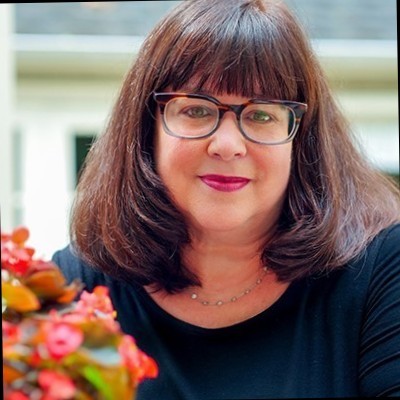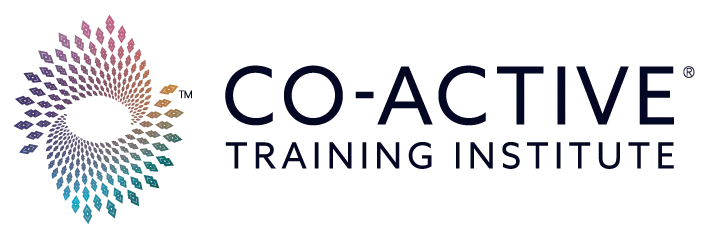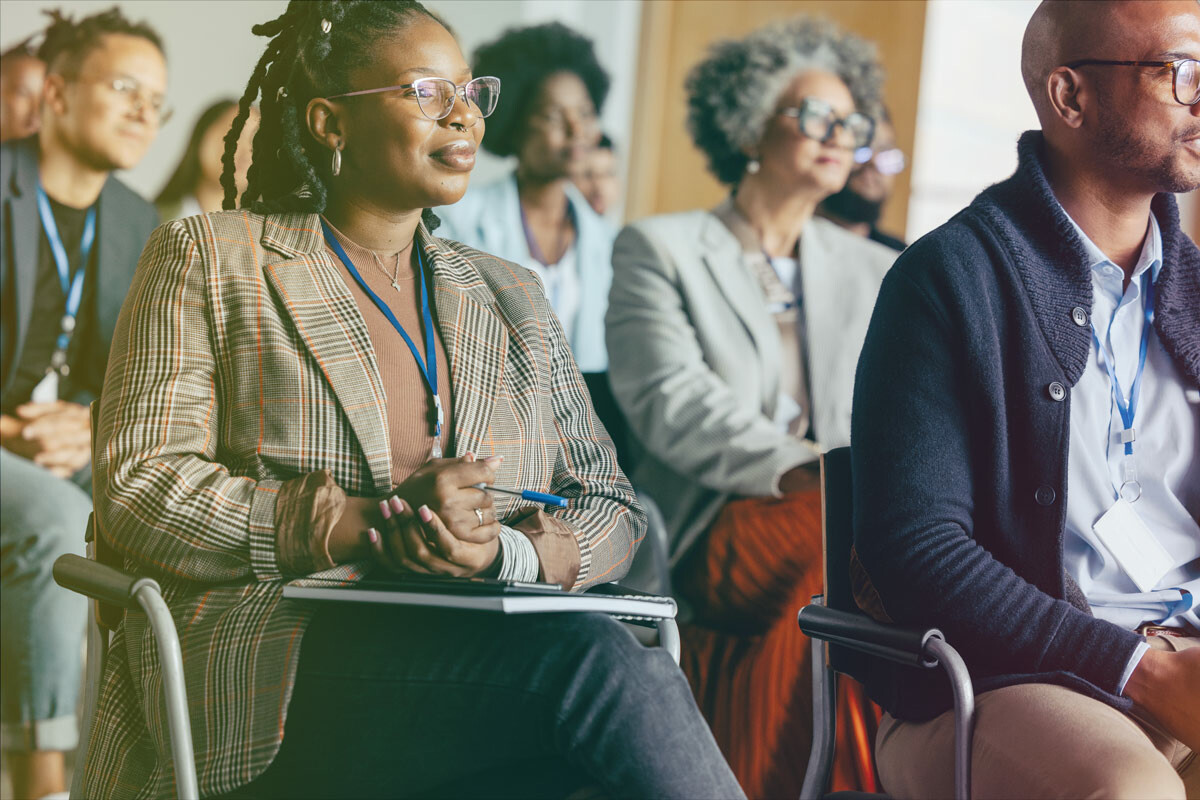Blog
Co-Active Training Institute Blog
The Co-Active Training Institute blog will help you understand the profound experiences and benefits of training with the worldwide leader in coach training.
Most recent blogs

Systems & Structure
Best Practices for Change Management With Co-Active Leadership

Innovation & Impact
How to Establish Coaching Credibility and Trust as a New Coach

Systems & Structure
A Coaching Business Card That Leaves a Lasting Impression

Systems & Structure
Coaching Logs: What to Record and Why

Responsibility
What to Include in a Coaching Disclaimer: Simple Coach Guide

Innovation & Impact
Low Ticket Offers For Coaches To Attract Clients

Systems & Structure
Coaching Workshop Ideas That Attract Clients and Deliver Real Value
Innovation & Impact
The Neuroscience of Change: How Coaching Rewires the Brain

Innovation & Impact
Motivational Coaching Quotes For Transformational Coaches

Innovation & Impact
How to Use Leadership Models in Business to Amplify Your Mid-Sized Impact

Innovation & Impact
10 Common Coaching Conversation Mistakes and How to Avoid Them

Systems & Structure
Developing Your Coaching Plan: Expert Guide for New Coaches
All Blogs
All Blogs
Responsibility
Innovation & Impact
Systems & Structure
All Blogs
Responsibility
Innovation & Impact
Systems & Structure
What People Say About Co-Active Training Institute

★★★★★
“Our focus on working with people's intuition and emotions [makes Co-Active different]. I don't think there are a lot of other beginning coaching programs that offer that depth of learning.”
Hope Langner
★★★★★
“Our focus on working with people's intuition and emotions [makes Co-Active different]. I don't think there are a lot of other beginning coaching programs that offer that depth of learning.”

Hope Langner

★★★★★
“Whether you're online or in person, you're learning by actually being an active participant in the learning. And I found that incredible.”
Sharon Jacobson
★★★★★
“Whether you're online or in person, you're learning by actually being an active participant in the learning. And I found that incredible.”

Sharon Jacobson

★★★★★
“Co-Active coaching has made me so ready to coach any situation. I really feel like I can roll out of the bed and coach anyone. Truly, with groups and teams.”
Edwin Vega
★★★★★
“Co-Active coaching has made me so ready to coach any situation. I really feel like I can roll out of the bed and coach anyone. Truly, with groups and teams.”

Edwin Vega

★★★★★
“The Co-Active Leadership Experience is a transformative program for anyone. We are all leaders, whether we are conscious of that or not. Each of us is having an impact on ourselves, each other, and the planet. This course teaches us awareness, ownership, AND a model that empowers us to make a difference.”
Darla Beam
★★★★★
“The Co-Active Leadership Experience is a transformative program for anyone. We are all leaders, whether we are conscious of that or not. Each of us is having an impact on ourselves, each other, and the planet. This course teaches us awareness, ownership, AND a model that empowers us to make a difference.”

Darla Beam

★★★★★
“The Co-Active Training Program has revolutionized how our teams operate and lead. The impact of the training has been profound, producing both clear financial ROI and a huge amount of deep-felt benefits.”
Leader at Lululemon
★★★★★
“The Co-Active Training Program has revolutionized how our teams operate and lead. The impact of the training has been profound, producing both clear financial ROI and a huge amount of deep-felt benefits.”

Leader at Lululemon

★★★★★
“What’s so extraordinary about the program is that it lifts you right out of your expected ways of doing things and lets you effectively be a different person. What got me here was this experiential program, where I was calling upon all parts of my soul — the values, the spiritual, the intellectual, the emotional.”
Celeste Schenck
President, American University of Paris
★★★★★
“What’s so extraordinary about the program is that it lifts you right out of your expected ways of doing things and lets you effectively be a different person. What got me here was this experiential program, where I was calling upon all parts of my soul — the values, the spiritual, the intellectual, the emotional.”

Celeste Schenck
President, American University of Paris


















































































